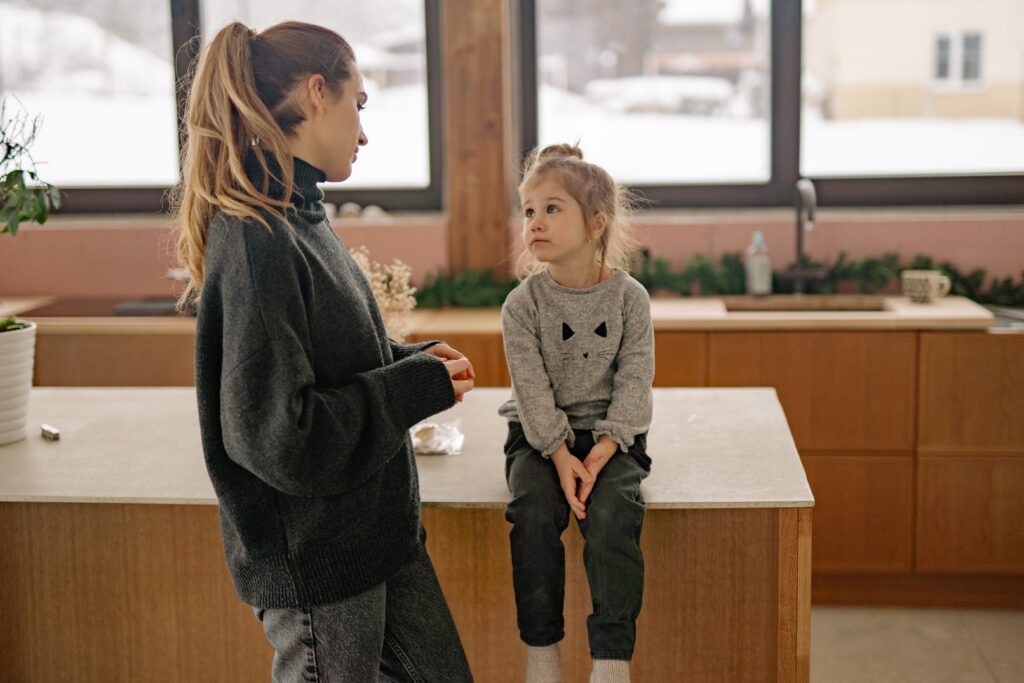
Kids are surrounded by news that is often scary-sounding. They see headlines, overhear snippets on the radio and TV and hear about news events from other kids.
Very often articles are scary for kids because news produced for adults typically leaves out information that may be reassuring because it is “understood.” Adults tend to already know that information so it’s often not included in the news article. Kids, however, need to be reassured.
The fact that the news is all around kids today–as we walk to school, on their devices, on the TV and radio–is one of the reasons I and my co-founder Jon Tilly started TeachingKidsNews.com (TKN). Even if they don’t understand it, it can be scary and confusing.
We bring the news to kids, but make it safe, understandable and kid-friendly.
Although TKN does sometimes cover challenging stories (such as natural disasters), it is our policy not to cover scary or disturbing stories—particularly ones involving violent crime. That’s because we at TKN are not physically in front of the reader, who will certainly have questions that should be answered in person by a trusted adult.
How to discuss challenging news
For parents and teachers who are discussing challenging stories with students face-to-face, here are some suggestions.
• “Back in” to a difficult news story. Start with background information, or even an anecdote, and lead up to the more challenging aspects.
• Present challenging information briefly and factually, without embellishment.
• Reassure kids by pointing out when an event is (if it’s truly the case):
-rare (ie, seldom happens or has never happened before and isn’t likely to happen again); or
-not likely to happen again because the government (for example) has made changes to prevent it from occurring again.
• Look for the hopeful angle. What good is coming out of this situation? Start with that.
• Point out the helpers. With the Japanese tsunami story on TKN, we talked about the doctors and nurses who were helping to rebuild.
• Talk about the future. When High Park’s children’s castle was destroyed by a fire, we looked to its rebuild by community volunteers who added new features to make it more interesting and more accessible to kids with physical challenges.
Parents and teachers, of course, will know their children and students best and make their own decisions about what is appropriate for them.
With face-to-face conversations about the news, it often comes down to listening to the child, picking up on their cues, and asking them what they already know or want to know.
Before you start
- Do a bit of research so you know the basic facts of the story. You don’t have to know everything. In fact, “let’s look it up together” is powerful and respectful, and can engage the child. And by the way, “I’m not sure,” or “I’ll find out” can buy you some time if you’re trying to think about how to phrase something or decide whether you want to talk about a particular detail. (Questions also work for that. “What do you think it means?” or “What have you heard about that?” can give you insight into what the child really wants to know or is perhaps worried about.)
- Be calm. Picture a TV news anchor. That’s pretty much the demeanour you’re going for, here. They care, but they’re not freaking out or alarming the audience. And they’re not taking sides (unless there is only one side, which is the case with some serious issues).
- Age and previous knowledge play a big role in deciding what and how much to tell a child.
- Younger children may feel scared by the news. If you can, make it safe for them (see above tips) by telling them how and why they’re going to be safe from whatever is happening.
- Older children often feel that they need to “fix” whatever is happening that’s bad. Give them reassurance that other people are taking care of the situation. If they still want to help, you may want to suggest some activities, like fundraising or a clothing drive depending on the situation and the child.
Please remember that we at TKN are journalists so please don’t consider this information definitive or in any way medical or mental health advice. You should always seek appropriate professional counselling and advice.







